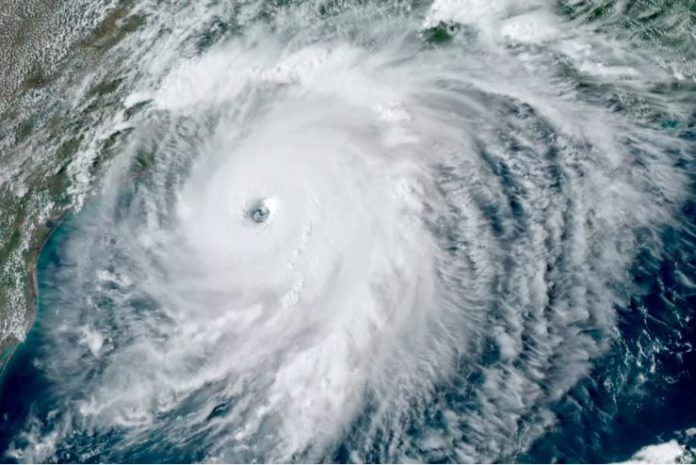Louisiana’s oil and gas industry is “hurricane-ready” ahead of Tropical Storm Francine, according to a statement from Louisiana Mid-Continent Oil and Gas Association President Tommy Faucheux.
Offshore and onshore hurricane preparation is a year-round effort that involves staying abreast of the latest storm forecasts; developing storm readiness and response plans; and collaborating closely with emergency responders, fuel suppliers and state and federal agencies.
Faucheux writes that much of the country relies on Louisiana’s oil and gas industry, and that the industry plays a pivotal role in ensuring local fuel availability before, during and after a storm—something that’s vital to evacuation and recovery efforts as well as the maintenance of essential services.
“The importance of Louisiana’s energy infrastructure cannot be overstated,” Faucheux writes.
Each sector of the oil and gas industry begins preparing for a storm at a different time prior to landfall. Here’s how the process works, according to LMOGA:
- Offshore exploration and production is the first sector to react to a storm. First, nonessential workers are evacuated by boat or helicopter. Drilling rigs then cease operations and all rig personnel are evacuated. Drillships and mobile rigs are moved out of harm’s way. Fixed facility personnel are evacuated. Oil and gas production comes to a halt and producing wells are “shut-in” using safety valves to prevent spills.
- Onshore exploration, production and pipeline facilities react second. They respond almost identically to offshore facilities when it comes to evacuation, safety and environmental protection procedures, though they can continue to operate for longer than offshore facilities can.
- Refineries prepare for storms based on local risk assessments in an effort to balance fuel production needs with safety. Government officials often ask refineries to continue fuel production for as long as possible to support evacuation efforts. Refineries need about three days to shut down before a storm. If a shutdown is necessary, storage tanks are filled to prevent capsizing and waste gases are flared. The time it takes to resume operations after a storm varies based on outside factors like the availability of electricity.
- Terminals that supply fuel to gas stations continue to operate even after refineries shut down. Operations cease once conditions become unsafe. After a storm, this sector is the first to resume operations.



